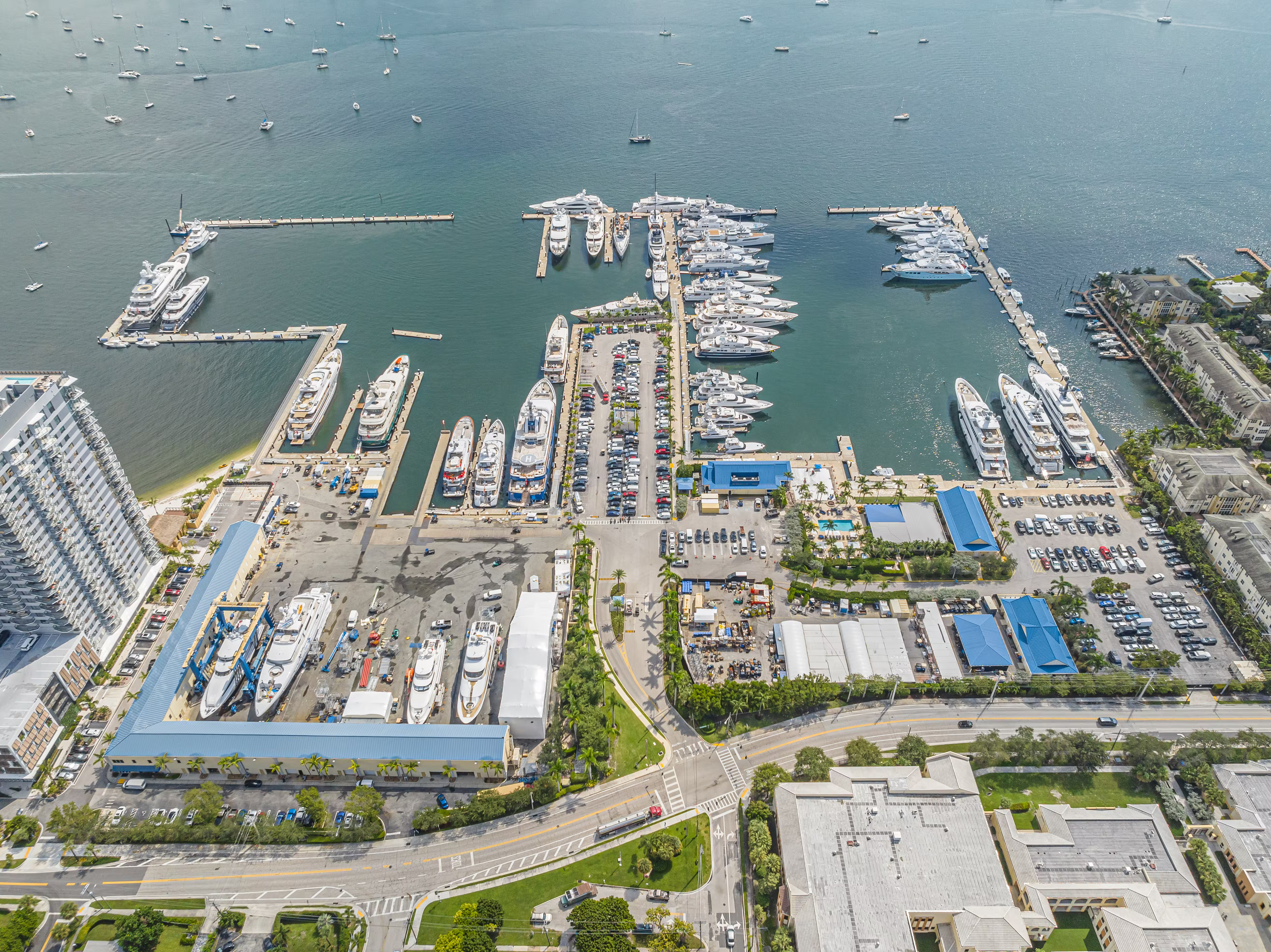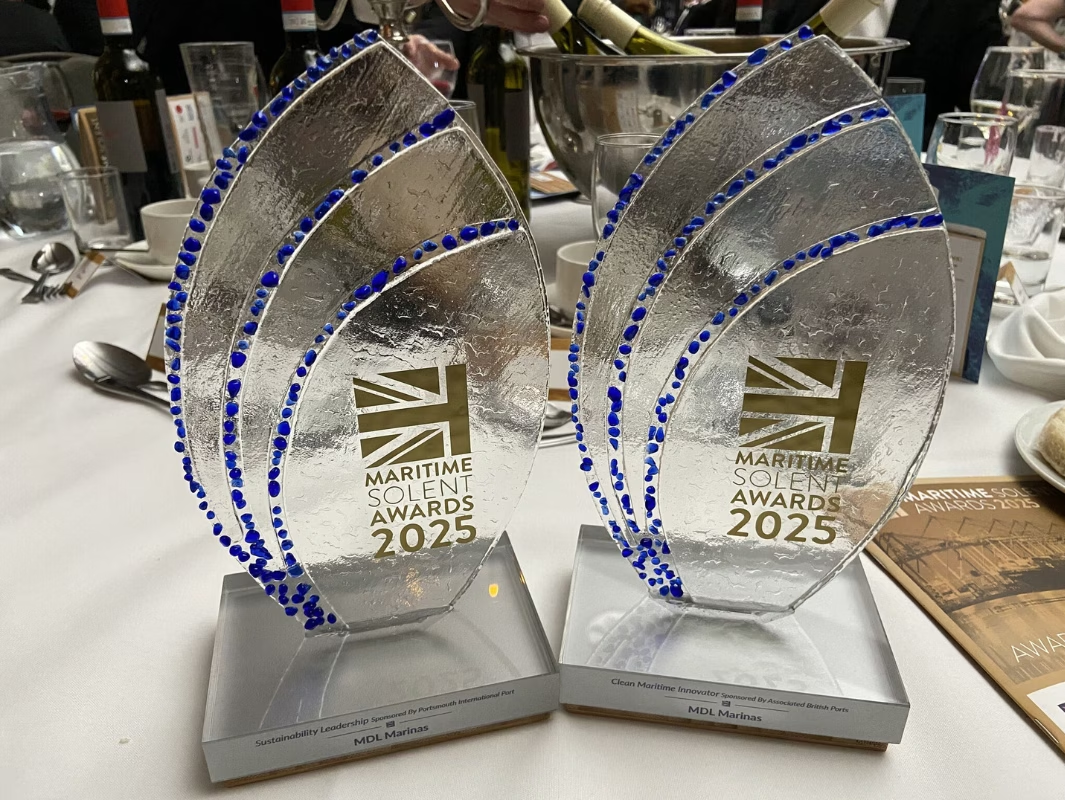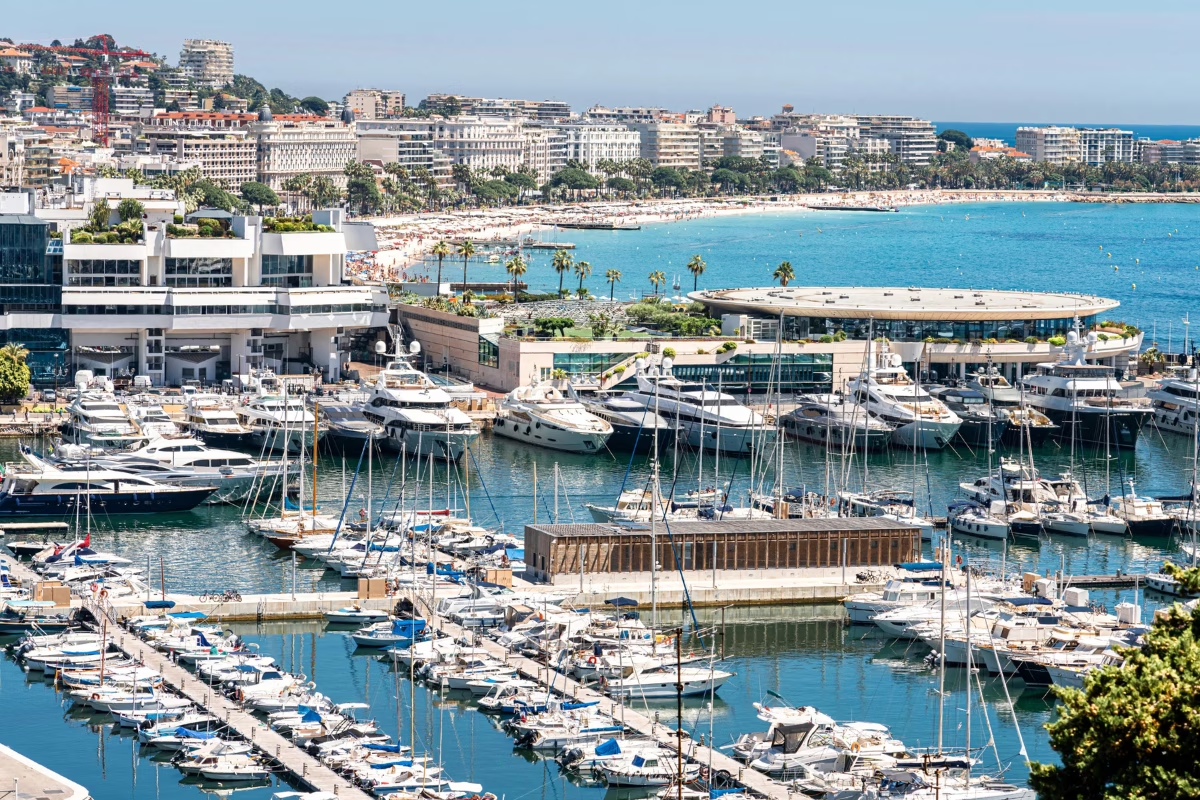South Florida and the Med are considered the most active areas for superyacht refit and repair. Of over 6,000 yachts in the world, over 28 percent are reported as American owned. Many facilities have been purchased by corporate groups such as Safe Harbor, however many are privately owned. It was recently announced that Safe Harbor has acquired Monaco Marine, which has eight superyacht facilities in the south of France.
_converted.avif)
Interest in boatyards and superyacht repair facilities as a targeted and desirable investment is strengthening. Growth in the yachting industry has fuelled this interest along with an increased demand for maintenance, repair, inspections, retrofitting and customised services including everything from state-of-the-art entertainment systems to energy-efficient propulsion systems, all providing recurring revenue streams. Fuelling this fire is the fact that the sizes of boats and yachts are growing at a rapid pace supported by high-net-worth patrons.
In 1980, the largest yacht in world was listed as Nabila, a 85.65m (281ft) yacht. Today, there are over eight yachts recorded over 152m (500ft) with SOMNIO, the largest yacht currently under construction, at 222m (728ft). The average yacht is approximately 50m (150ft), a key consideration for investment. 37-59m (120-180ft) has consistently been the most active size for yacht repair though the megayachts command a far greater price for repairs.
CBRE specialises solely in this asset class and marinas. Having been involved in the sale of numerous superyacht repair facilities, mostly confidential transactions, we have become experienced in the attributes that make these facilities so attractive. When the economy paused, owners who were considering a build of a larger yacht decided to refit their current yacht in lieu of a new build. Owners from Europe and the Middle East would do everything from gutting their yacht for a renovation to extending the stern for greater length. This type of work is what secured the attractiveness of refit and repair facilities as an investment during the lower economic periods.
Boat and yacht repair facilities provide diverse revenue sources which include haul, launch and block fees, storage on the hard for refit and repair or long-term storage, various repair services and slip rentals if combined with a marina. One of the true attractions is the potential for appreciation in the value of real estate. Though commercial real estate is valued on the return that can be achieved, well-positioned waterfront locations have potential for more lucrative development. The demand in the yacht market is upward trending with continued projected growth. The demand from high-net-worth clientele requires that the top yards keep up with technological advances too. Prime land, first class service, high-net-worth clientele and rising demand in the yachting world all provide the foundation for a strong return on investment… a true barrier to entry.
_converted.avif)
Bradford Marine and Safe Harbor
The desire for private and institutional investment in these yards is evidenced by many of the recent acquisitions handled by CBRE. In 2015, John and Michael Kelly invested in a series of acquisitions including Bradford Marine, a family-owned business founded in 1966 and previously the largest boatyard in the US. Their vision included a multi-million-dollar investment in infrastructure, new raised bulkheads and numerous lifts including a 320T lift plus a synchro lift, capable of accommodating yachts up to 55m (180ft). The result is an impressive 38-acre first-class full-service facility situated in the heart of Fort Lauderdale, Florida, considered the most active yacht repair area in the world. They further invested in Freeport Bahamas to supplement their US services with a yard that can lift a 67m (220ft) yacht on a floating dry dock with wet dockage for 122m (400ft) vessels.
Michael Kelly commented, “Our Freeport Bahamas location has been an integral part of our growth and ability to accommodate megayachts.” Bradford’s overall goal is to professionalise the systems, work, ethics and safety as well as on-demand responses. Customer loyalty is achieved through implementing fixed price quotes that they stand by.
Many of the boatyards like Bradford provide full-service repair, however there is much diversity in this boatyard world. When we sold Lauderdale Marine Center to the Carlyle Group, the former only provided haul out, launch and pressure cleaning. Outside contractors completed all repairs. Bottom painting was added to the services along with a reconfiguration of the marina and upland. After building revenues, Carlyle sold it to Safe Harbor. After working with Safe Harbor and the owners on the sale of Rybovich Yachting Center in West Palm Beach, Safe Harbor now garners a substantial footprint in superyacht repair in southern Florida.

MB92 in Barcelona
Given the desire to cruise from the US through the Caribbean and to the Med, the validity of investment in this asset class became clear. We toured MB92, one of the more notable global yacht facilities, and experienced the massive megayachts that are serviced in this yard. True to form, MB92 is in the heart of Barcelona on the coast in a premier location. Owned primarily by Squircle Capital, the basin exuded elegance boasting the 74m (243ft) Sixth Sense (Mickey Arison) and the 140m (459ft) Solaris (Roman Abramovich).
Along the Atlantic and Pacific coast of the US, yachts are cruising north and stopping in Savannah in migration to the northeast for the summer. Thunderbolt Marine is another privately owned state-of-the-art yacht repair facility situated on 25 acres. On tour, we observed outstanding workmanship supported by long-term employees, bound by pride in their work. Safe Harbor is also in this area with Savannah Yachting Center, which accommodates yachts up to 122m (400ft), a sign of a robust area market.
Boston and Newport are popular markets as yachts make their way up to Maine to visit Front Street Shipyard, another private facility. Founded in 2013, the goal of the owners was to build a yacht yard in Maine capable of servicing both large and small vessels to attract boaters from around the world. The owners chose Belfast Bay for its location because it offers deep water for larger vessels. A substantial capital investment was made in modern equipment and custom facilities to accommodate recreational and commercial vessels up to 61m (200ft) long. President JB Turner noted, “One year after opening our doors, we acquired a neighbouring boatyard due to demand and increased our hauling capacity for vessels up to 485 tons.” Front Street Shipyard expanded again with a satellite location in Bucksport, Maine.

Gold Coast City and MGBW
The Asia Pacific also boasts growth. Yards are busy from the southern US border up to the Pacific Northwest over to Australia. Gold Coast City Marina & Shipyard shares in the increased yacht traffic, demand for dockage and repair work. Westport has been highly successful with their operations in the Pacific Northwest, and Marine Group Boat Works in San Diego has been soaring.
As a full-service, superyacht refit with one state-of-the-art facility on the San Diego Bay and one in Los Cabos, Mexico, MGBW is yet another privately owned yard investing substantial capital to provide first class services. Co-founder and President Todd Roberts has built a reputation as a leader in ship repair. Todd adds, “Our mission is a relentless pursuit of perfection offering full-service experiences for a variety of superyachts.” Staying ahead of trends, MGBW operates with sustainability at the forefront of their operations.
In summary, first class boatyards and superyacht repair facilities are highly sought after investments with excellent returns on investments and upside potential with a barrier to entry. It would require much more space to present the array of global facilities, their attributes and diverse operations. While often perceived as corporately dominated, the global yacht repair industry is remarkably diverse. Servicing the 5,000-6,000 yachts worldwide demands exceptional skill. To illustrate the breadth of ownership, we highlight selected privately-owned yards with significant capital investments, showcasing the industry's enterprising spirit.
This article was also published in issue 150 of Marina World magazine. Click here to read the online version.







